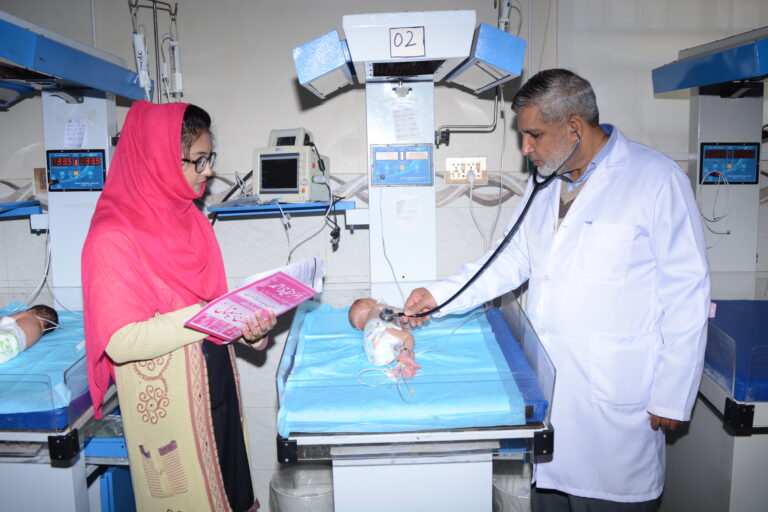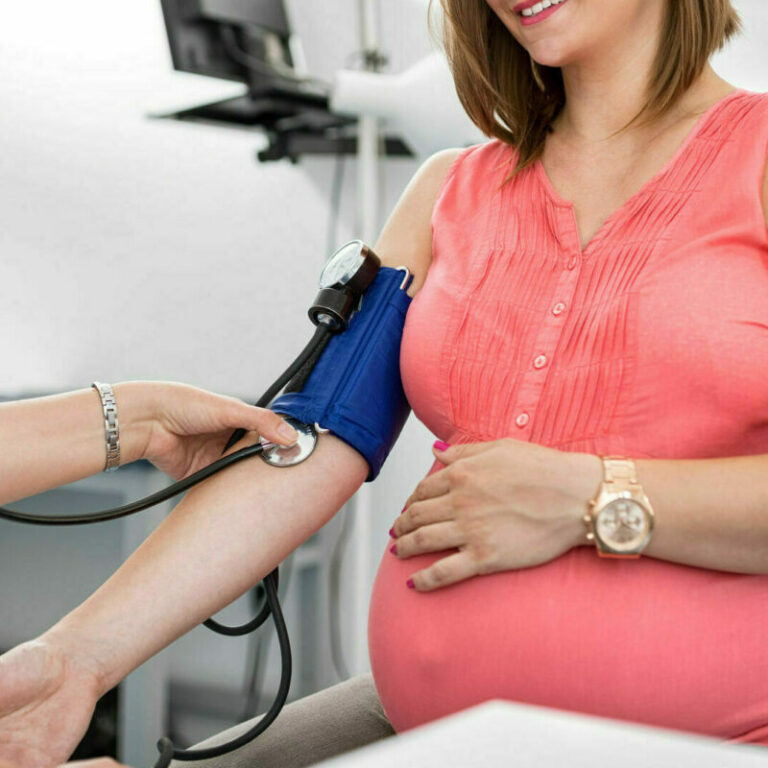When Do You Start Children on Lipid Lowering Medications?
Patient Presentation
A 12-year-old female came to clinic for health supervision. Her mother had concerns that she was obese, hypothyroid and was more tired over the past few months. Her mother was well versed in dietary interventions and said that she kept a strict watch on the amount and type of food including specifically measuring out quantities. The patient drank water and skim milk. Her mother also said that she was compliant with her levothyroxine. She was not active in general but had been more tired that usual and got tired with regular activities. She was doing well in school and had good social interactions with her family and peers despite recently moving to the area. Previous records were unavailable. The past medical history showed her hypothyroidism was noted 3 years previously and no changes in the levothyroxine had been made since then. The family history showed parents, 2 siblings, and other family members with obesity and dyslipidemias. There was no diabetes, stroke or early cardiovascular deaths. The father was on lipid-lowering medication. The review of systems was negative.
The pertinent physical exam showed an obese female with BMI of 29.9 (>>95%), blood pressure of 103/68 and the rest of her vital signs were normal. HEENT showed normal thyroid without masses and a Tanner stage 3 female. Skin examination showed multiple striae but no acanthosis nigracans. The laboratory evaluation showed a TSH of 11.03 microunits/dL and T4 of 1.34 micrograms/dL. On a non-fasting sample cholesterol was 193 mg/dl (75-90%), triglycerides 208 mg/dl (>>>95%), HDL of 55 mg/dl (>50%) and LDL of 94 mg/dl (50%). Her glucose, hemoglobin A1c, renal and liver function tests were normal. The diagnosis of obesity, undertreated hypothyroidism and hypertriglyceridemia was made. The patient’s levothyroxine was increased with followup in a few weeks. It was hoped that as her hypothyroidism was better treated that she would have more energy and would be able to start a more regular exercise program. Fasting cholesterol and triglycerides were to be repeated soon. The patient was also going to try to eat more fruits and vegetables and start some soluble fiber. A multidisciplinary clinic with endocrinology, cardiology and dietary services was available for additional help with managing obesity and dyslipidemias. The family was referred as cholesterol subtypes testing was not available, the patient may need pharmacological treatment, and education for the entire family was felt to be beneficial. The mother was also going to obtain previous records for the entire family.
Discussion
Research has supported the idea of childhood precursors to adult disease including obesity and for cardiovascular disease. Cardiovascular disease is the leading cause of morbidity and death in the United States and dyslipidemias are one risk cardiovascular disease. Dyslipidemias do occur in childhood. Despite much research, there is still more that remains to determine the exact laboratory cut off numbers for various treatments and the best pharmacological treatments for patients that might benefit from them.
The American Academy of Pediatrics (AAP) recommends that all children eat a healthy diet, and for those with risk factors (i.e. family history of hyperlipidemia, premature cardiovascular disease, obesity, hypertension, diabetes mellitus, cigarette smoking or an unknown family history) a fasting lipid screening panel is recommended after the age of 2 and not later than 10 years of age. For those that have normal testing, rescreening every 3-5 years is then recommended.
Learning Point
The AAP recommends dietary and lifestyle interventions for children with dyslipidemias. They also offer recommendations for treatment with pharmacological interventions for children with elevated LDL.
- For children less than 8 years old, diet and exercise are the usual treatment. Pharmacological interventions are recommended for this age group only if there is “…dramatic elevation of the LDL concentration (>500 mg/dL) as seen with the homozygous form of familial hypercholesterolemia.”
- For children more than 8 years old, pharmacological interventions are recommended using a graduated LDL the cut off. Implementation depends on risk factors. Children with no risk factors but LDL > 190 mg/dL despite diet therapy should be considered.
- Child with risk factors including “obesity, hypertension, cigarette smoking or positive family history of premature cardiovascular disease should be consider with the LDL is persistently > 160 mg/dL despite diet therapy.
For children with diabetes, pharmacological treatment should be considered when LDL concentration is > 130 mg/dL.
The goal is to lower the LDL to less than 130 mg/dL or even 110 mg/dL in patients with risk factors.
Recommendations from a lipid disorders clinic in Canada notes, “Because of the scarcity of data on the safety and efficacy of lipid-lowering medications for children and adolescents, pediatric lipid disorder specialists might be consulted before medication administration is initiated.” Because there is little to no pediatric data, their recommendations are extrapolated from adult data. These authors, like the AAP, recommend first and foremost, dietary and exercise changes along with smoking and alcohol cessation, along with treatment of underlying disorders such as diabetes and hypothyroidism.
- For triglycerides > 130-445 mg/dL, they recommend lifestyle modifications and ω-3 fatty acids. Depending on the response, then statins are considered.
- For triglycerides > 445-900 mg/dL, they again recommend lifestyle modifications and ω-3 fatty acids to start. Depending on the response statins and fibrates are considered.
- For triglycerides > 900 mg/dL, referral to a lipid disorder clinic is recommended with treatment by ω-3 fatty acids, statins and fibrates as appropriate.



